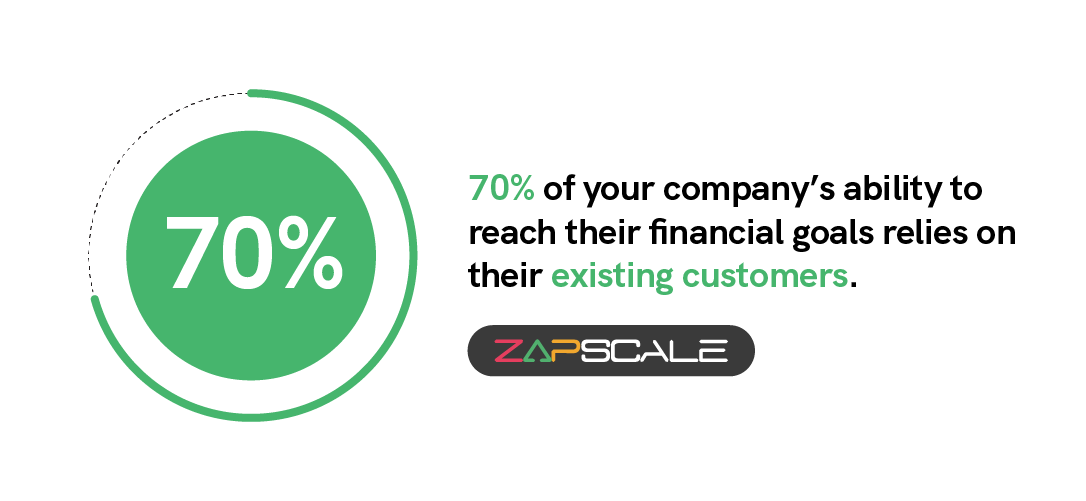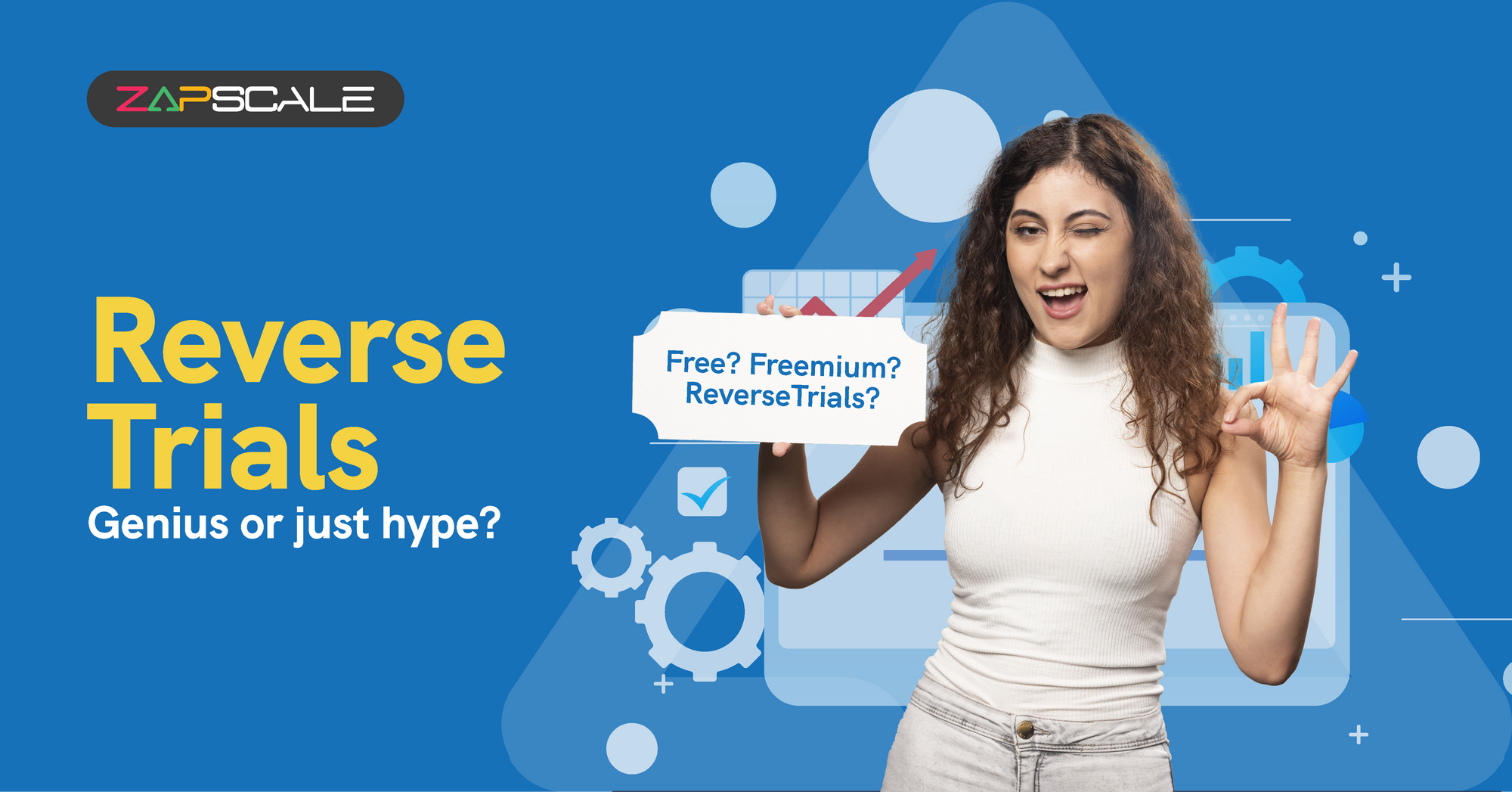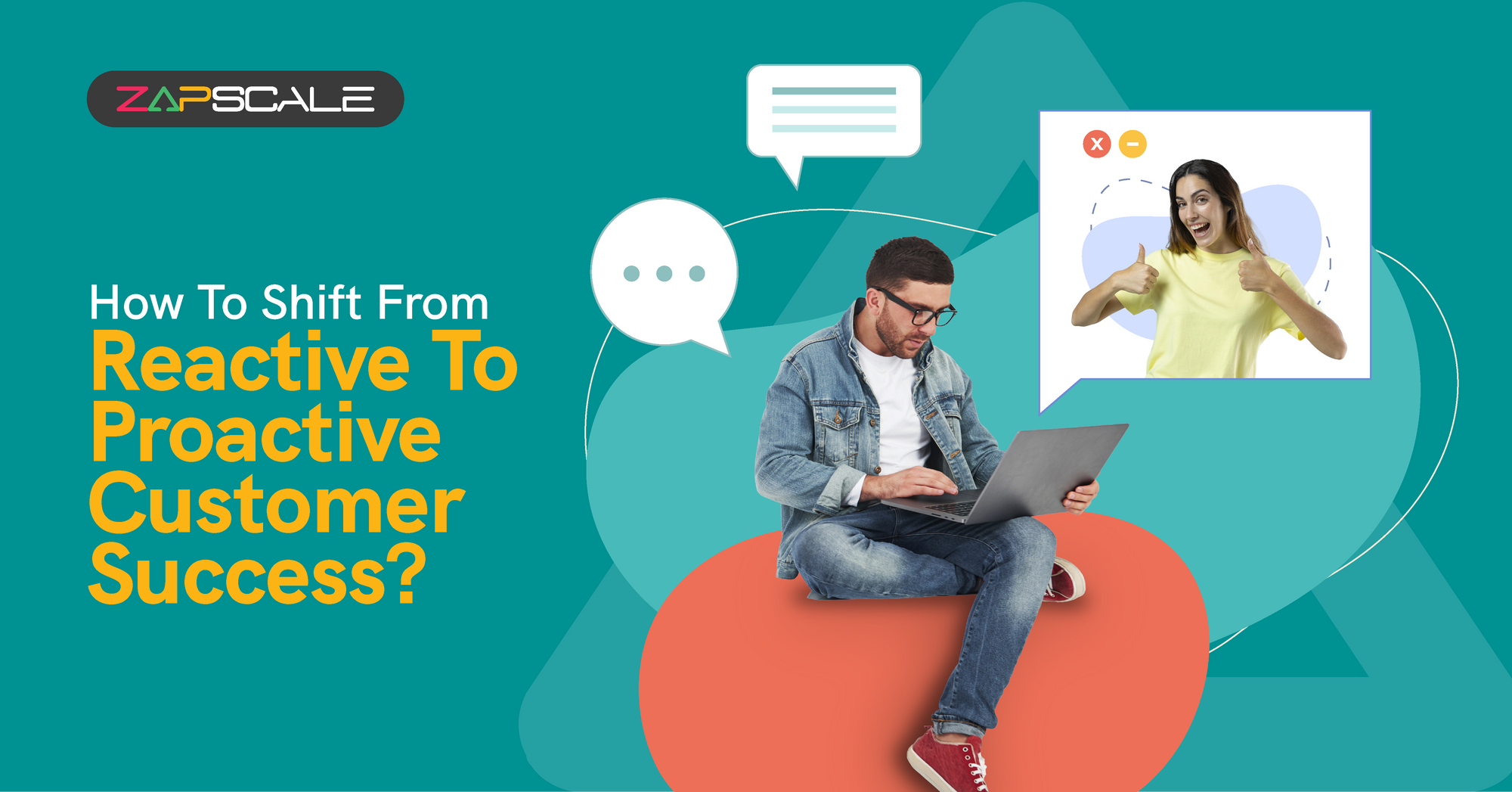CATEGORY > Customer Success Management
The Secret Guide To SaaS Success

One thing I often talk about is that customer success within a company, including the culture around it is responsible for the success of a company
There is one exception, a bad product.
You can’t put lipstick on a pig and expect it to no longer be a pig. It’s a pig either way.
I heard about an outlier I’ll mention to acknowledge that there may be “unexpected” reasons for a company’s demise. A CEO embezzles from the company; however, these are few and far between.
How Does A Product Fail A Company?
It all comes down to making compromises during the development cycle.
When a company goes about developing a product or solution, they don’t start to develop a buggy or inferior product.
They go out with the idea of creating the best product they can that will serve their market. This goes for both start-up and mature companies developing new or improving offerings.
The answer is that during the development cycle, which usually uses an Agile and DevOps approach, problems occur.
For example, a key employee leaves the company, gets sick, or goes on vacation. When this happens, the product often suffers or is negatively impacted. Yet the schedule usually must be maintained.
If it is a new product, this can result in eliminating key features spawned by an Agile minimal viable product approach. Or leadership is adamant about keeping release dates.
In some ways, this is valid, such as new product announcement commitments.
However, we need to evaluate the pros and cons of making this kind of decision.
There is a valid argument for product delivery that it is better to release something rather than nothing.
Combined with this theory is the idea that product issues can be resolved later.
But we must ask ourselves if the product can stand on its own and clear the high bar of client needs, expectations, and desires that clearly progress their business outcome attainment while at the same time delivering a great customer experience.
Any missing elements can lead to a recipe for disaster.
Question The Customer Experience
Justifying a problematic software release by requiring an ugly workaround for functionality isn’t the answer. Companies have been cutting corners since software development began, but what is the impact?
Is it tolerable or a company brand blemish because the lack of completeness stares directly in your customer’s face?
“Half-baked” and “Not ready for prime time” were coined phrases to describe these kinds of situations.
Expecting your support services or customer success organizations to resolve the problems brought about by releasing a buggy or feature-lacking product sets your company up for failure.
Don’t do it.
The good news is that Agile when implemented correctly helps to avoid this pitfall.
Agile To The Customer Success Rescue
The good news is that most of the 12 Agile manifesto principles in part align with customer success:
1. Our highest priority is to satisfy the customer …
2. Welcome changing requirements …
3. Deliver working software …
4. Business people and developers must work together daily …
5. Working software is the primary measure of progress.
6. Continuous attention to technical excellence and good design …
7. Simplicity …
Software Development Resource Alternatives
I was working at a very large company and there were areas that I wouldn’t have compromised before releasing an offering, but it was released anyway.
The culprit came down to a lack of time and resources. Even large and successful companies can be impacted by a lack of time and resources. But they don’t have to be.
Software Development as a Service (SDaaS) can fix this problem.
Like other Software as a Service (SaaS) offerings, you grow and retract your subscription as your business needs change.
This new way of doing business ensures that “compromise” doesn’t impact the value you want and need to provide your customers. It also encourages your customer success team to succeed at maximizing company value and revenue.

Customer Success Input On Product
You are an important part of your customers’ front line and it’s important to advocate for them.
Doing so means identifying any issue that negatively impacts your customers’ business outcome attainment or their experience.
This unfortunately is a lagging indicator, meaning the customer feels the unpleasantness created by not having caught the issue that caused it before a product release.
But it’s a start.
A preferred proactive approach would be inclusion into a cyclical software development release review to voice concerns to the product development team. Having these meetings with Project Managers is a great alternative because one of their jobs is to be the voice of the customer.
Customer Success Data And Data Insights
For example, 67% of our customers try using feature A. Yet feature A is so complex to set up and maintain that 54% of them abandon it within the first 90 days.
Obviously, you must have the data and need to bring it to the table.
So, tracking as many metrics as possible related to business outcome attainment and experience is critical to your success as a customer success professional.
This is where third-party tools like ZapScale can help you to make your case.
Additionally, your development team needs to build product data capture metrics directly into the product to assist in accessing the data you need.
How To Influence Product And Other Company Departments?
As customer success professionals we play an important part in gaining company alignment to customer success principles and methodologies.
Doing so can enable our company to thrive and lead our industry.
Here are a couple of ways to achieve this.
1. Harnessing Customer Insights For Business Success
Bring awareness to the value customer success brings to your company through data, a reminder of who is our boss in business (the customer), and the importance of how listening to our customers will drive the right products for them.
Additional awareness will come by learning where customer problems exist, how they were fixed, and what it meant to them.
Share customer victories from a customer success perspective, meaning a business and experience perspective, not a technology perspective.
2. Empowering Employees Through Customer Success Alignment
Think about the success of your employees from both your company and their personal perspectives.
Communicate how customer success will make their lives easier, increase their success as employees, and align with your company’s mission and goals.
Think about ways you can positively influence your colleagues to approach and execute their work filtered through a customer success lens or with a customer success focus.
Make your message all about them as employees.
It helps to know what they want, which may differ significantly based on their responsibilities.
3. Driving Customer Success Transformation Across Teams
Give suggestions and specific examples of how each team can contribute to driving a customer success company transformation.
Again, these examples will vary based on roles. Offer to conduct departmental trainings or workshops to discover best practices and everyone on board.
Sales will often want different things than product development wants.
One may affect the other but at differing levels and priorities.
For example, sales will struggle more to sell a buggy solution over a very stable and reliable one.
From a personal perspective, employees want to grow and learn in their careers. How can customer success help them to get there?
It comes down to finding the answer to that question and articulating it to them in a way that they will agree with you.
For example, let’s say that everyone in the company is incentivized to increase revenue to a certain amount because most companies do this with a yearly bonus or something similar. Often job promotions hinge on company goals, which most employees strive for and want to attain.
Customer success has the most leverage in meeting and exceeding company financial goals because it drives customer retention and expansion sales of existing customers.

This fact gives you credibility to help make that goal happen. It gets you the attention you need to be heard and respected.
Conclusion
This is an example of how data can be leveraged to reinforce point 1 and it ties together why paying attention and embracing customer success principles and methodologies will directly impact their future and career trajectory.
Now you’ve created an opening with them to work together, share, and find exactly what their contributions will be in the big world of customer success.
You aren’t telling them what to do. You are making suggestions. Ask for their opinions and collaborate with them to find ways that they can become a better customer success champion for your company.
This positions them to become an active member of your company’s customer success efforts.
Ultimately customer success will influence every initiative they work on and penetrate their sphere of influence. You’re now creating a customer success culture that will serve you and your company well.
ABOUT THE AUTHOR

Kevin Levine
In a career of over 12 years as a global customer success strategist, change agent, and consultant, Kevin has acquired extensive experience in driving transformational customer success strategies, programs, and partnerships to expand customer success coverage, optimize customer lifecycle management, and maximize cross-sell, upsell and expansion sale moments within the customer journey.
ABOUT THE AUTHOR
Popular from Customer Success Management
Quality Content,
Straight To Your Inbox!
Subscribe for the latest blogs, podcasts, webinars, and events!

Write a Blog
If you have experience in CS and
a flair for writing, we’d love to
feature you.
Write to us on
hello@zapscale.com





